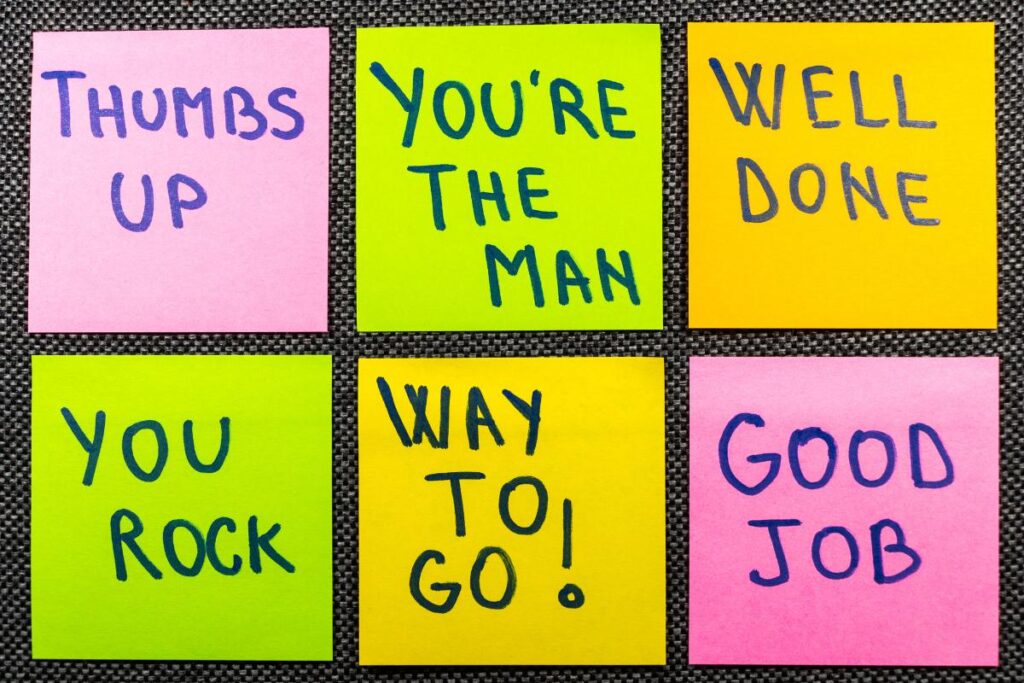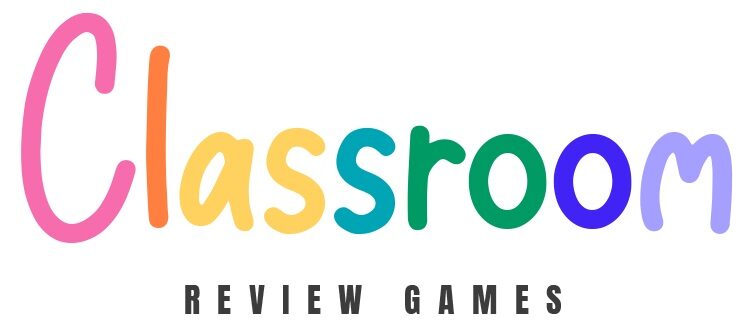10 Examples of Positive Reinforcement in the Classroom
Positive reinforcement in the classroom is a strategy that encourages students to continue good behaviors by rewarding them. Here are 10 examples of positive reinforcement, each accompanied by a practical example to illustrate its application:
1. Verbal Praise
Simple words of encouragement can have a big impact. For example, after a student helps clean up a spill without being asked, the teacher might say, “I really appreciate how you took the initiative to clean up that spill. It shows great responsibility.”
2. Stickers and Written Praise

A tangible form of recognition, like a sticker or a note, can boost a student’s morale. A teacher might place a star sticker on a student’s paper with a note that says, “Excellent work on this tough problem!” after they solve a difficult math question.
3. Special Privileges
Granting privileges for good behavior can be very motivating. A student who has been consistently kind to classmates might be allowed to choose their seat for a week or be the line leader on the way to lunch.
4. Positive Notes Home
Extending recognition to the home reinforces positive behavior. A teacher could send a note home saying, “Just wanted to let you know how cooperative and helpful your child has been in class lately. It’s been wonderful to see!”
5. Prize Box
Access to a box of small rewards can be a great incentive. After earning enough points for good behavior, a student might get to pick a prize from a box filled with items like small toys, pencils, or erasers.
6. Token Economy
Implementing a token system teaches saving and decision-making. Students might earn tokens for completing homework on time, which they can later exchange for a privilege, such as extra recess time.
7. Behavior Punch Cards
A loyalty-card approach can track and reward good behavior. Each time a student participates in class, they get a punch on their card. After 10 punches, they might earn a reward, such as choosing a book to keep.
8. Behavior Coupons
Instant rewards like coupons can be very appealing. A hardworking student might receive a “No Homework” coupon, allowing them to skip a homework assignment.
9. Brag Bracelets
Wearable rewards serve as a visible badge of honor. For showing exceptional teamwork, a student might earn a “Super Team Player” bracelet.
10. Classroom Responsibilities
Assigning roles based on positive behavior gives students a sense of pride. A student recognized for their organizational skills might be assigned the role of “Materials Manager” for a week, tasked with organizing class materials.

